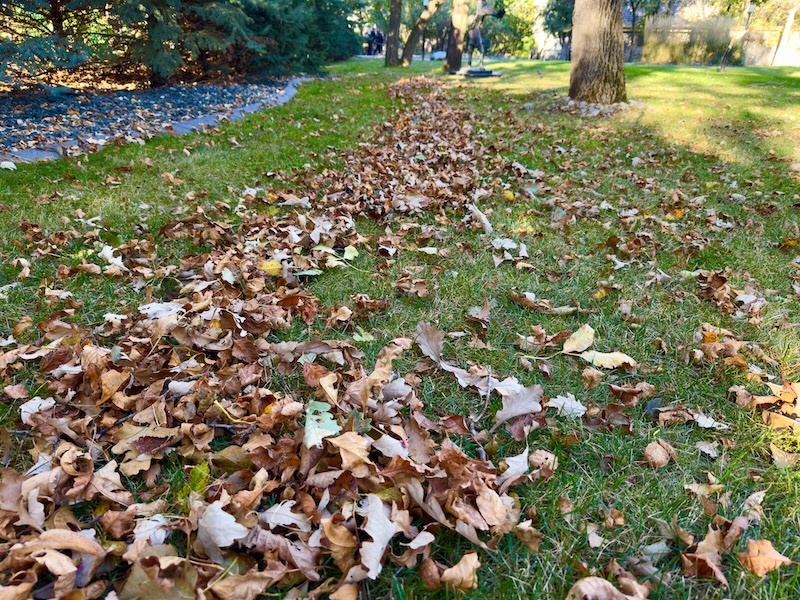Don’t Let Pests Win: Your Guide to Winter Lawn Care in North Texas
While winter may bring a slower pace to your lawn’s growth, it doesn’t mean your lawn care duties are over. In fact, winter is a crucial time to prepare your yard for the challenges ahead and protect it from pesky invaders.
At Abracadabra Lawn Pest & Weed Control, we know that a healthy lawn starts with proactive care. In this blog post, we’ll share essential tips for winter lawn care in North Texas, focusing on how to prevent and manage common winter pests.

Why Winter Lawn Care Matters
Winterizing your lawn is essential for several reasons:
- Pest Prevention: Many pests, including grubs, sod webworms, and mole crickets, become active in the fall and winter, laying eggs that hatch in the spring. Winter lawn care helps prevent infestations.
- Disease Prevention: Cool-season diseases like brown patch and take-all root rot can thrive in the winter. Proper care helps strengthen your lawn’s defenses.
- Root Development: Winter is a crucial time for root development. Healthy roots help your lawn withstand stress and thrive in the spring.
- Weed Control: Winter weeds can emerge during the colder months. Addressing them early prevents them from taking over your lawn.
Essential Winter Lawn Care Tips
Here’s how to prepare your North Texas lawn for winter:
- Mowing: Continue mowing your lawn as needed throughout the fall and winter, but gradually lower the mowing height for the final cut before the coldest weather arrives. This helps prevent winterkill and disease.
- Fertilization: Apply a winterizing fertilizer in the fall to provide your lawn with essential nutrients for root development and winter hardiness.
- Watering: Reduce watering frequency as temperatures cool down, but ensure your lawn gets adequate moisture during extended dry periods.
- Aeration: If your soil is compacted, consider aerating your lawn in the fall to improve drainage and allow for better nutrient absorption.
- Overseeding: If you have cool-season grass like fescue, overseed in the fall to fill in bare spots and thicken your lawn.
- Leaf Removal: Rake up fallen leaves regularly to prevent them from smothering your grass and creating a breeding ground for pests and diseases.
Targeting Winter Pests
Here are some common winter lawn pests in North Texas and how to manage them:
- Grubs: These beetle larvae feed on grass roots, causing brown patches. Preventative grub control treatments in the fall are crucial.
- Sod Webworms: These caterpillars can damage lawns by feeding on grass blades. Monitor for signs of damage and apply insecticides if needed.
- Mole Crickets: These insects tunnel through the soil, damaging roots and causing unsightly mounds. Apply preventative treatments in the fall.
- Winter Weeds: Apply pre-emergent herbicides in the fall to prevent winter weeds like henbit and chickweed from germinating.
Abracadabra Lawn Pest & Weed Control: Your Winter Lawn Care Partner
At Abracadabra Lawn Pest & Weed Control, we offer comprehensive lawn care programs tailored to the specific needs of North Texas lawns. Our services include:
- Fertilization and Weed Control: We provide customized fertilization and weed control programs to keep your lawn healthy and weed-free.
- Pest Control: We offer effective pest control solutions to prevent and manage common lawn pests.
- Aeration and Overseeding: We can help improve soil health and thicken your lawn through aeration and overseeding.
Contact us today for a free lawn evaluation and let our experts help you prepare your lawn for a healthy and pest-free winter!
